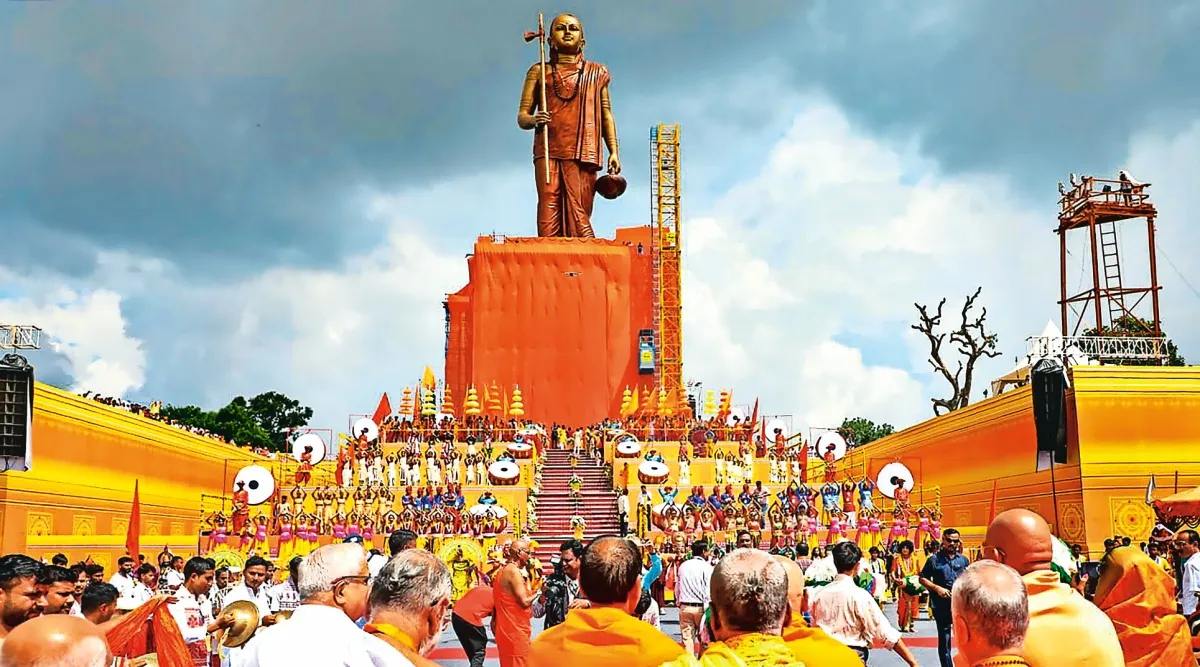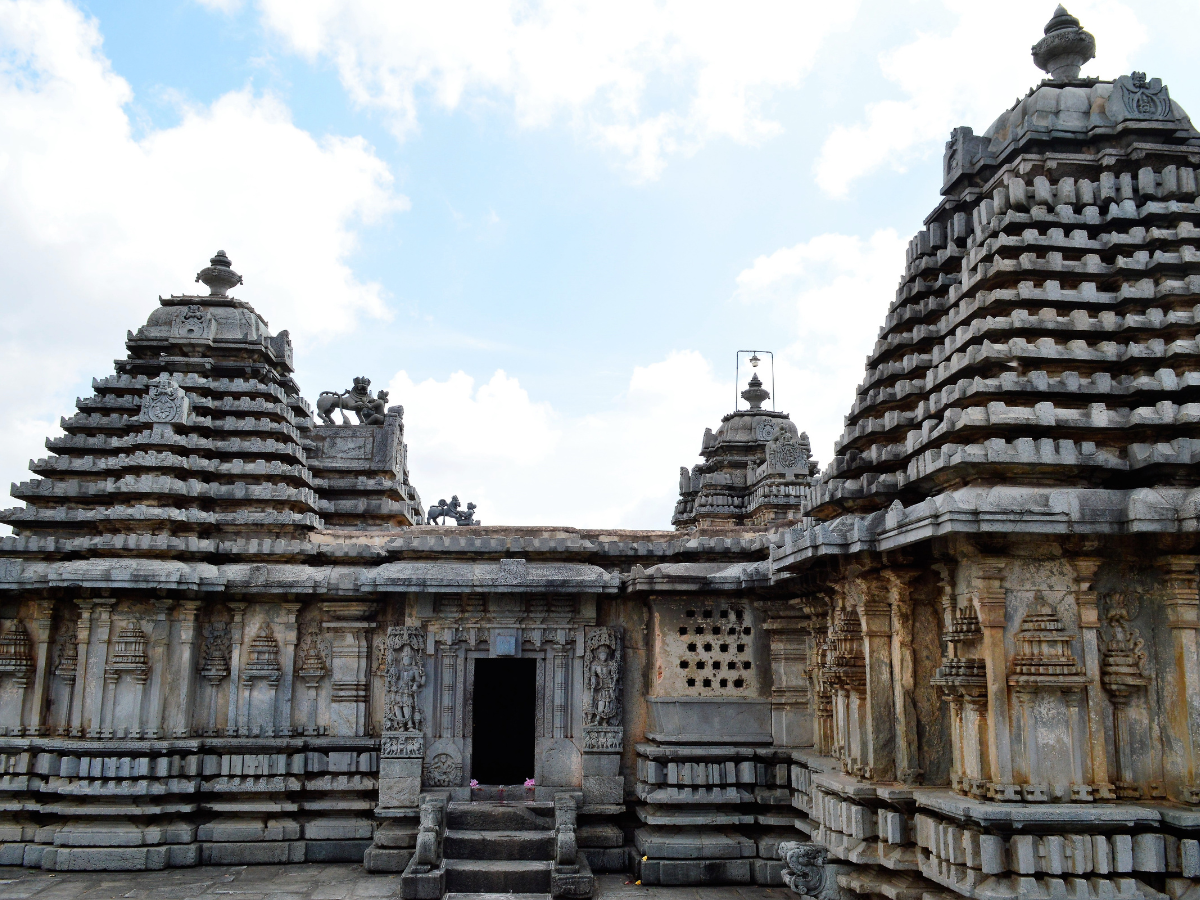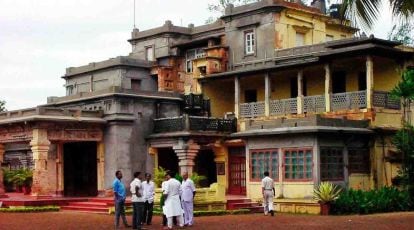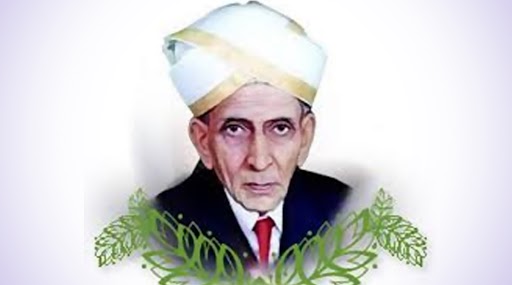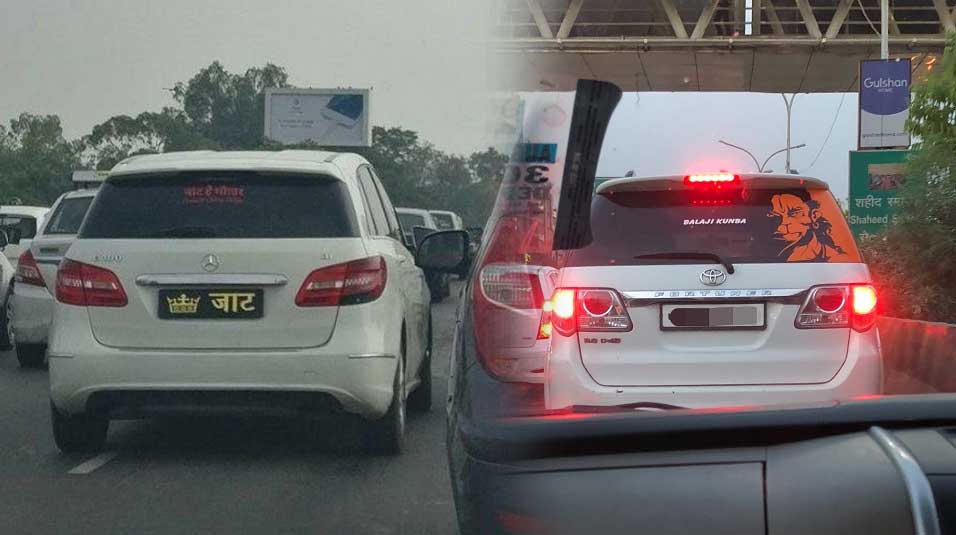- Grandmaster Title: At the IV El Llobregat Open in Spain, Indian chess player Vaishali Rameshbabu (Pragnananda’s sister) acquired the Grandmaster title by crossing 2,500 FIDE ranking points.
- She is just the third Indian woman player to hold this championship, following Koneru Humpy and Harika Dronavalli.
Recognising the Grandmaster Title
- The highest chess honour is: The International Chess Federation (FIDE) bestows the Grandmaster title as the peak of chess success.
- Prestige: It denotes recognised as one of the world’s most gifted chess players, as demonstrated in highly competitive settings.
Other Recognized Chess Titles
- FIDE titles include International Master (IM), FIDE Master (FM), Candidate Master (CM), Woman Grandmaster (WGM), Woman International Master (WIM), Woman FIDE Master (WFM), and Woman Candidate Master (WCM), in addition to Grandmaster.
- Lifetime Validity: Except for revocation owing to offences such as cheating, all FIDE titles, including the Grandmaster title, are valid for life.
History and Criteria of Grandmaster Title
- The name ‘grandmaster’ has been used for almost a century and was formalised by FIDE in 1950.
- The first Grandmaster titles were awarded in 1950 to 27 players, including then-world champion Mikhail Botvinnik.
- To gain the Grandmaster title, a player must have a FIDE Classical or Standard rating of 2,500 and three Grandmaster norms.
- Grandmaster Norms: These norms are based on strict tournament performance requirements, like as a performance rating of 2,600 or higher in a FIDE tournament under particular conditions.
Vaishali Rameshbabu’s Grandmaster success:
- Vaishali’s Grandmaster title is a testimonial to her outstanding success in international chess events.
- Representation: Her triumph contributes to India’s increasing status as a global chess powerhouse.
Source: https://indianexpress.com/article/sports/chess/vaishali-and-praggnanandhaa-make-history-as-the-first-ever-brother-sister-duo-to-become-grandmasters-9051083/#:~:text=Vaishali%20Rameshbabu%20became%20only%20the,Open%20in%20Spain%20on%20Friday.



